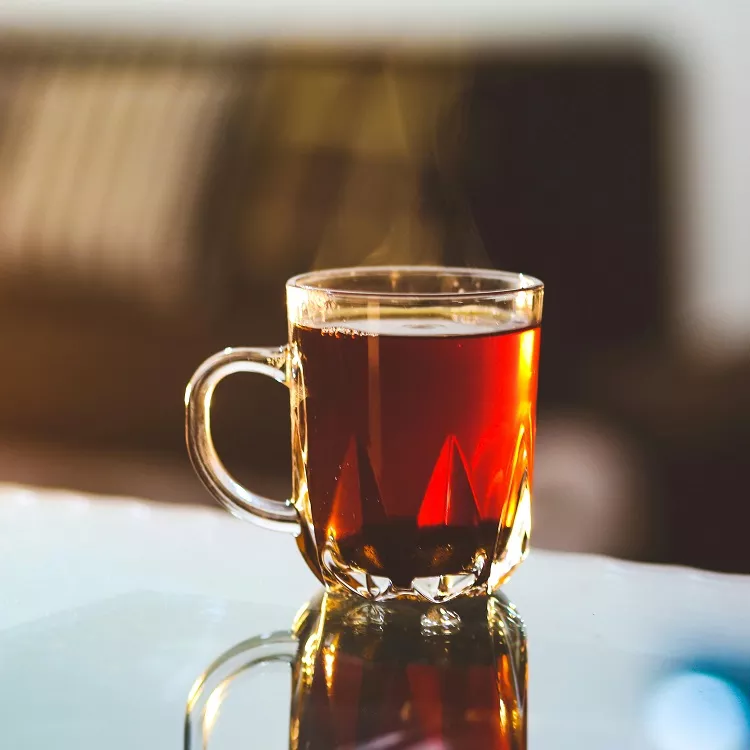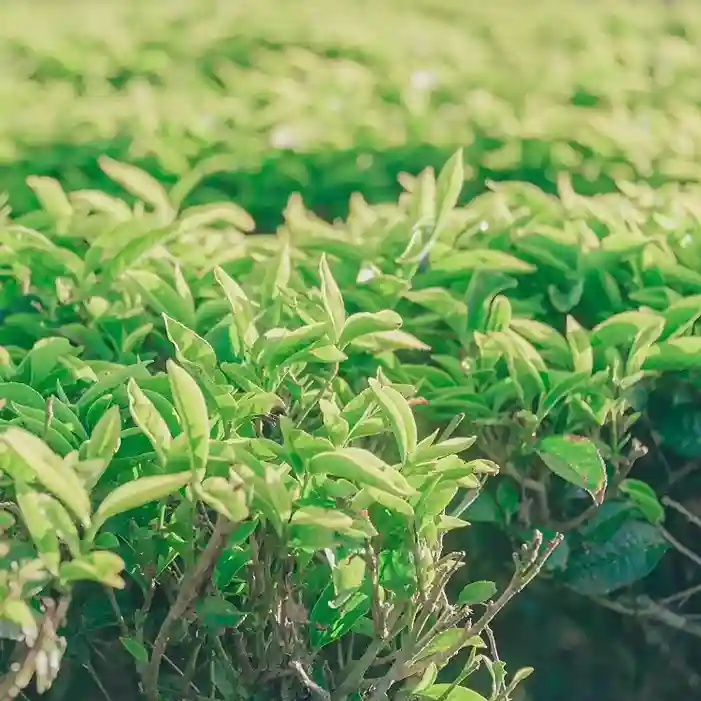From beginner to expert – find your taste among hundreds of options
Why choosing beans is an art, not a chance
The world of coffee beans is extremely diverse. There are more than two thousand varieties, dozens of processing methods, and hundreds of flavor nuances. It’s easy to get lost in this diversity, because behind every cup there is a story of the bean, the climate, and the people who cultivated it. So how do you choose a good coffee?
Choosing a quality coffee starts with understanding your own tastes. Some people are looking for softness and balance, while others are looking for depth and bitter flavor. Some varieties set you up for calmness, while others add drive. And these differences make each cup unique.
Morning coffee is a starting point, a little ritual that sets the pace for the whole day. It can be an inspiration, a pause, or an impetus for action. That’s why it’s worth knowing how to find your own version.
Let’s take a look at what to look for when choosing, how to identify high-quality bean coffee, and why the taste depends not only on the variety but also on you. This is a short guide for those who want to drink coffee consciously, not automatically.
Quick test “Determine your coffee drinker profile”
You don’t have to be an expert to find the right coffee for you. A few honest answers are enough to understand what type of coffee drinker you are.
1. When do you usually organize a coffee party?
- only in the morning to wake up;
- throughout the day to maintain concentration;
- anytime because I just love the unique taste of coffee.
2. What strength of coffee do you prefer?
- soft, balanced;
- moderate, with a light character;
- rich, energetic.
3. How much time are you willing to spend making coffee?
- less than a minute;
- for a few minutes;
- as long as necessary to achieve the perfect result.
4. Do you like to experiment with coffee flavors?
- No, I value stability;
- Sometimes, according to my mood;
- Yes, I’m always looking for new shades.
Your answers will help us understand which coffee format suits your rhythm and taste.

The basics of coffee literacy
1. Arabica vs Robusta vs Hybrids
The choice of arabica, robusta and their hybrids determines the basis of the flavor. Arabica is characterized by delicate acidity, fruit and floral notes, and contains less caffeine. The best Arabica grows in the mountains of Central and South America, Ethiopia and Kenya.
Robusta is bitter and rich due to its higher caffeine content. The main regions of robusta cultivation: West Africa, Indonesia, Vietnam.
Hybrids combine the flavorful mildness of arabica with the strength of robusta, often cultivated in South America.
Whichever variety you choose, choose the right one! Pay attention to the integrity and shine of the grain – these are signs of proper processing and freshness.
2. Geography of taste: a journey through the world of coffee
Coffee beans from different regions have an individual character.
Africa is known for its bright acidity and fruity notes of Arabica.
South America is characterized by a balanced flavor with sweet and nutty accents.
Asia and the islands offer exotic flavors, from spicy-chocolate to floral and fruity.
| Region | Main flavor notes | Examples of countries / varieties |
|---|---|---|
| Africa | Bright acidity, fruity, berry flavors | Ethiopia, Kenya |
| South America | Balance, sweet and nutty | Colombia, Brazil |
| Asia and the islands | Spicy chocolate, exotic, honey | Jamaica, Hawaii, Indonesia |
3. Degrees of roasting: from light to dark
The degree of roasting affects the flavor, body, and aftertaste.
- Scandinavian roasting emphasizes the acidity.
- Light – light, fruity, delicate.
- The middle provides a balance of acidity and sweetness.
- Dark adds chocolate notes and reduces acidity.
- Italian is the most rich, suitable for espresso.
4. Grinding – the secret to perfect extraction
Proper grinding determines the speed and uniformity of the extraction.
Fine is suitable for espresso, medium for French press or geyser coffee makers, and coarse for cold brew.
The grind size can be determined by eye: fine particles resemble dust, medium particles resemble fine crumbs, and coarse particles resemble coarse sand. This visual assessment helps you choose the right coffee brewing method.
It is advisable to grind coffee beans immediately before brewing, up to 30 minutes before use. The quality of your home coffee grinder determines how evenly and accurately the grind corresponds to the selected size, which directly affects the taste and aroma of the drink.
5. Cooking methods: from classic to modern
Alternative methods(V60, Chemex, AeroPress) allow you to control the time and temperature to get a pure flavor. Classic methods, such as the Turk, French press, and geyser coffee maker, add traditional character to the drink. Professional espresso machines and automatic coffee machines ensure consistency and richness.
Choose a cooking method using the convenient table.
| Grinding size | Method of preparation | Brewing time | Result/features |
|---|---|---|---|
| Very fine (espresso) | Espresso machine, automatic coffee machine | 25-40 seconds | Dense body, maximum saturation, creamy |
| Small | Turka/Dzhezva | 3-5 minutes | Intense flavor, traditional style, creamy |
| Medium | V60, Chemex, AeroPress, Geyser coffee maker | 1-4 minutes | Balanced extraction, pure flavor, bright notes |
| Rude | French press | 4-5 minutes | Full body, velvety finish, richness |
| Very rough | Cold brew coffee(Cold Brew) | 8-12 hours | Light, mild flavor, minimal bitterness |

Taste compass: learn to read the grains
1. Basic flavor descriptors
- Acidity manifests itself as apple, citrus or wine acidity, making the drink more lively;
- The sweetness can be caramel, chocolate or honey, softening the sourness;
- Bitterness can be pleasant, like chocolate, or unpleasant if the extraction is incorrect;
- Body – sensation in the mouth: light, medium or full;
- The aftertaste varies from short to long and can be multi-layered.
2. How to conduct a home tasting
To learn how to taste the subtle flavors of coffee, you should conduct a home tasting, or cupping. Start by preparing fresh, filtered water heated to 92-96 °C and neutral dishes that won’t affect the flavor. Use the same amount of beans for each serving to ensure an objective comparison.
Before taking your first sip, inhale the aroma carefully, paying attention to its intensity and shades. Taste in small sips, concentrating on acidity (apple, citrus, wine), sweetness (caramel, honey, chocolate), body (light, medium, full) and aftertaste (short, long, complex). Pay attention to the balance of the components and how they reveal themselves within a few seconds after a sip.
Keep a coffee diary, writing down the type of coffee, the method of preparation, the degree of roasting and your own feelings. Gradually, this will allow you to identify your favorite flavor profiles, notice subtle differences between varieties, and control the quality of coffee when buying or brewing.
Personalized recommendations
It becomes easier to choose coffee based on your lifestyle, budget, and season.
1. By lifestyle
For those who spend most of their time in the office and appreciate speed, simple and reliable options are suitable: espresso or a classic filter gives you a consistent taste and a quick boost of energy.
Fans of home experimentation can discover new flavors through alternative brewing methods such as the V60, Chemex or AeroPress, with which every cup becomes a small experiment.
Active people, including athletes, prefer rich blends with a high caffeine content to quickly energize before or after a workout.
Creative people are drawn to complex, multi-layered flavors with fruity, chocolate or spicy notes that inspire and awaken the imagination.
2. By budget
The budget significantly affects the choice of grains.
In the economy segment, look for high-quality blends with robusta at 300-350 UAH per kg – this is a realistic entry point into the world of freshly roasted coffee.
The price in the middle segment varies between 350-650 UAH/kg. In this price category, single varieties, in particular Arabica, with a more distinctive taste and profile, are opening up.
The premium level at 650 UAH/kg and above allows you to choose speshelti coffee: delicate aromas, carefully selected and precisely roasted beans.
3. By season
Each season changes the perception of coffee and preferences. In spring and summer, you are more drawn to light varieties, light roasts with fruity and citrus notes that give you a feeling of freshness and lightness. While in autumn and winter, you want darker, richer tones with chocolate, nut and caramel accents that create a feeling of warmth and comfort.
Taking into account your lifestyle, budget and season, it’s easy to choose a coffee that will not only energize you, but also bring you real pleasure. Each cup will become a small ritual that emphasizes your individual taste and mood.

Practical life hacks from experts
The perfect coffee flavor and aroma develops within two weeks after roasting. Store coffee beans in airtight containers away from light and heat. Freezing damages the quality of the coffee beans. Freshly roasted coffee gives off gases, so let it rest for a while before brewing. Do not forget about water: its purity and mineralization directly affect the taste of the drink. And finally, follow the golden rule of 1:15-1:17 (coffee to water) to get a balanced and flavorful drink even at home.
Myths related to coffee
- Is it true that espresso contains the most caffeine?
No, due to the small volume of the cup, espresso often contains less caffeine than filter coffee.
- Can I store coffee in the refrigerator?
No, moisture and foreign odors spoil the coffee flavor.
- Does dark roasting guarantee more caffeine?
No, dark roasting slightly reduces the caffeine content compared to light roasting.
- Is expensive coffee always better?
Optional. Choose coffee beans based on freshness, roast quality and flavor preferences.







